Also known as Asakusa Kannon, Sensoji Temple is one of the oldest architectural works in Japan, becoming a famous tourist destination in Tokyo and attracting a large number of visitors every year.
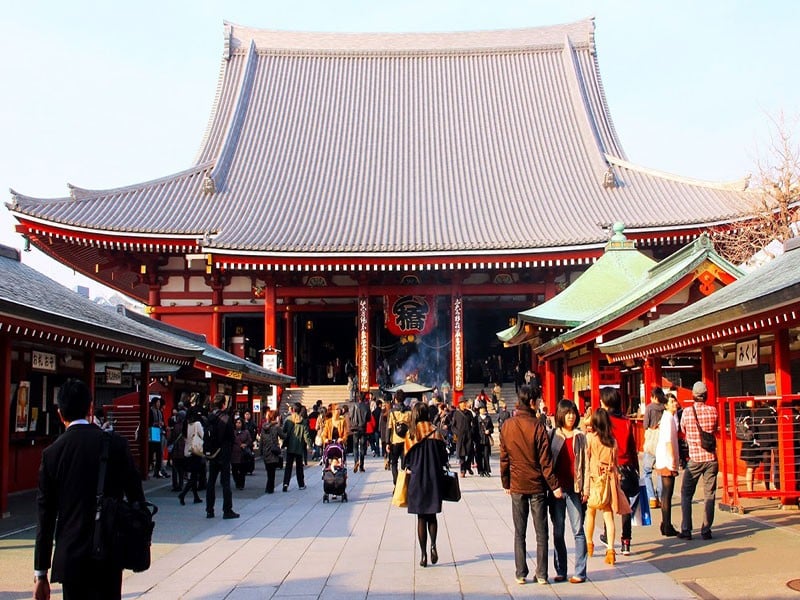 |
| The ancient Sensoji Temple is located in the Asakusa area, Taito-ku, Tokyo, Japan. (Source: Intertour) |
There are many different legends about the history of the temple's formation, of which the most mentioned event is the year 628, when two brothers Hinokuma Hamanari and Hinokuma Takenari were fishing in the river and found a statue of Bodhisattva Avalokitesvara entangled in their fishing net. After that, both of them tried many ways to bring the statue back to the river but failed.
They recognized the spirituality of the statue and decided to talk to the village chief Hajino Nakamoto to build a temple to worship the Goddess of Mercy, giving the villagers the opportunity to come and worship. The Sensoji Temple was thus formed and the statue of Goddess of Mercy is still preserved to this day.
The first stop when visiting the temple is the Kaminarimon gate, which is over 1,000 years old, built by the ruler of Musashi district in 942. This is the symbol of Asakusa and all of Tokyo.
On both sides of the gate are the Wind God and the Thunder God, the guardian deities of Sensoji Temple. The red lantern, nearly 4m high and weighing 700kg, is extremely impressive. Despite its large size, the lantern can still be folded.
Through the gate, Nakamise shopping street appears before your eyes. More than 250m long, with hundreds of shops, this is Japan's oldest shopping street, stretching from Kaminarimon Gate to Hozomon Gate, on the way to the main hall of Sensoji Temple.
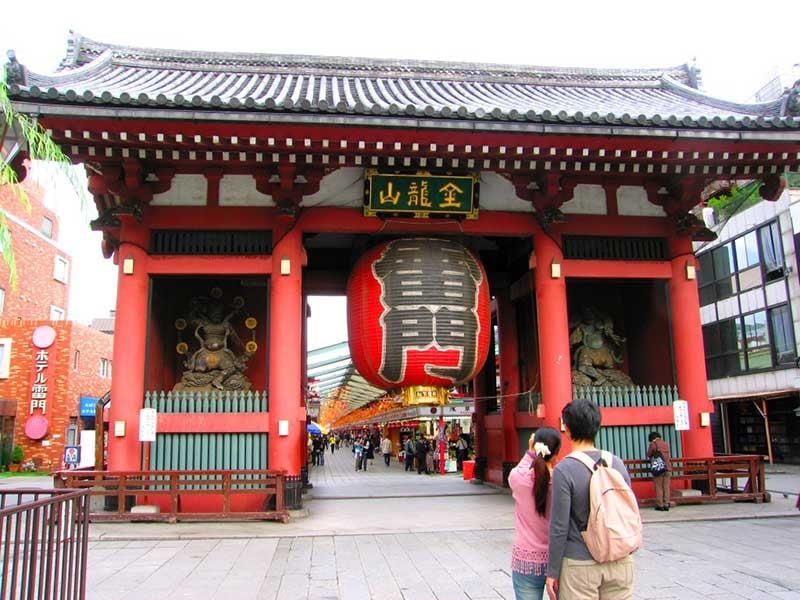 |
| The Kaminarimon Gate is over 1,000 years old and is characterized by a red lantern nearly 4m high and weighing up to 700kg. (Source: Intertour) |
During World War II, the temple was destroyed by bombs, but was later rebuilt and became a symbol of rebirth and peace for the people of the land of cherry blossoms. In the yard, there is a tree that was hit by a bomb during an air raid and has now grown back and is also a symbol of the building.
Sensoji plays an important role in the spiritual life of Tokyo residents. Every year, it holds major festivals, the most typical of which are the Sanja Matsuri (May), Hozuki-ichi (July), Tokyo Jidai Matsuri (November) and Hagoita-ichi (December). Visiting Sensoji Temple at these times, visitors have the opportunity to experience the unique and impressive festival space imbued with Japanese culture.
Many tourists, both Japanese and foreign, visit Sensoji Temple every year. The area around the temple has many shops and dining places serving visitors traditional Japanese dishes such as handmade noodles, sushi, tempura.
In addition, the street leading from the Thunder Gate to the temple itself has many small shops selling souvenirs ranging from fans, ukiyo-e (woodblock prints), kimonos and robes, and traditional Japanese sweets.
Source


![[Photo] Prime Minister Pham Minh Chinh meets with the Policy Advisory Council on Private Economic Development](https://vphoto.vietnam.vn/thumb/1200x675/vietnam/resource/IMAGE/2025/5/8/387da60b85cc489ab2aed8442fc3b14a)
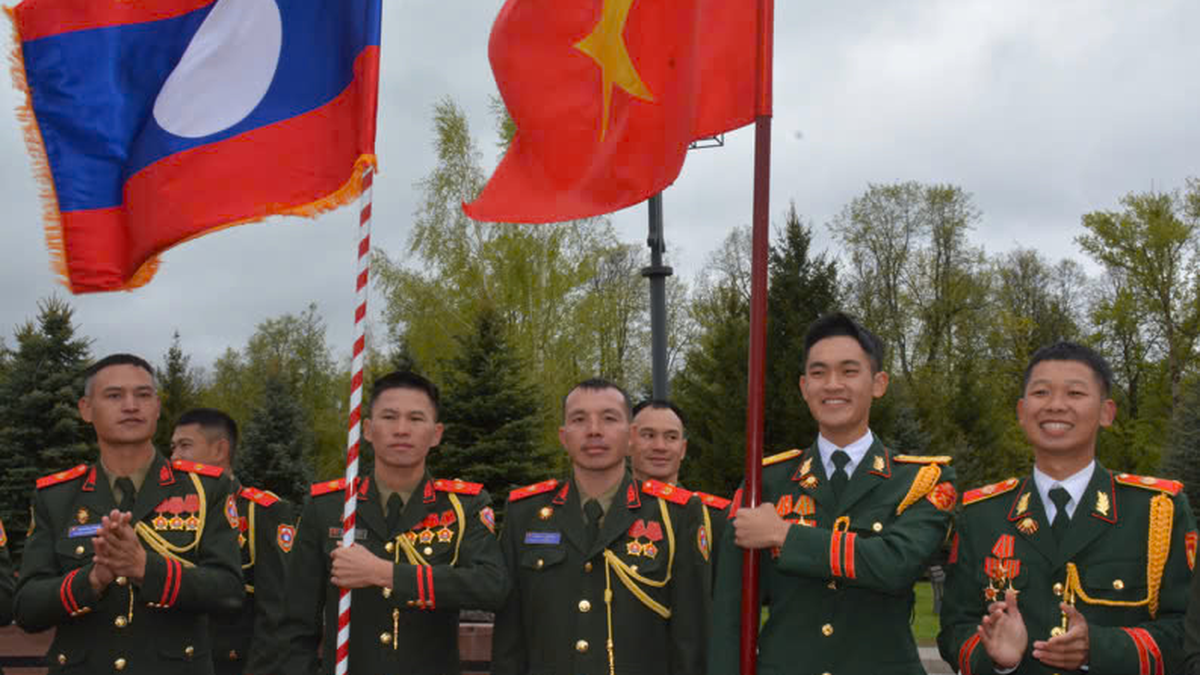
![[Photo] President Luong Cuong presents the decision to appoint Deputy Head of the Office of the President](https://vphoto.vietnam.vn/thumb/1200x675/vietnam/resource/IMAGE/2025/5/8/501f8ee192f3476ab9f7579c57b423ad)

![[Photo] National Assembly Chairman Tran Thanh Man chairs the meeting of the Subcommittee on Documents of the First National Assembly Party Congress](https://vphoto.vietnam.vn/thumb/1200x675/vietnam/resource/IMAGE/2025/5/8/72b19a73d94a4affab411fd8c87f4f8d)
![[Photo] General Secretary concludes visit to Azerbaijan, departs for visit to Russian Federation](https://vphoto.vietnam.vn/thumb/1200x675/vietnam/resource/IMAGE/2025/5/8/7a135ad280314b66917ad278ce0e26fa)
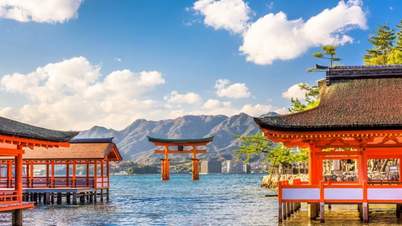

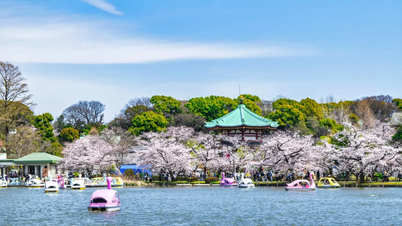
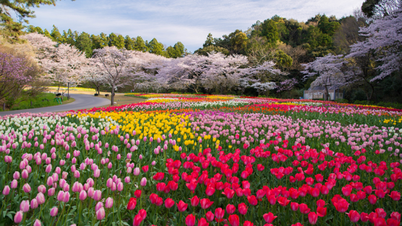

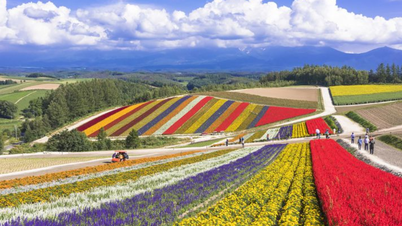


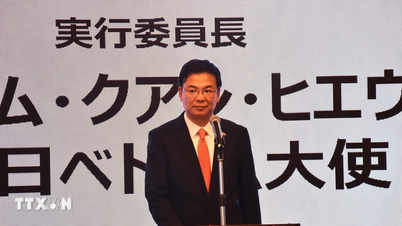

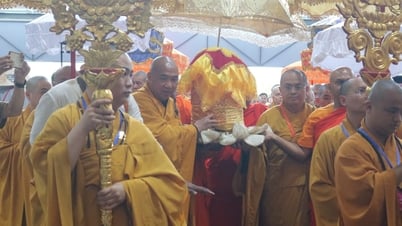
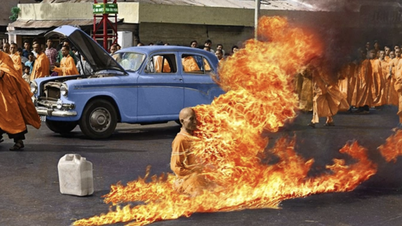
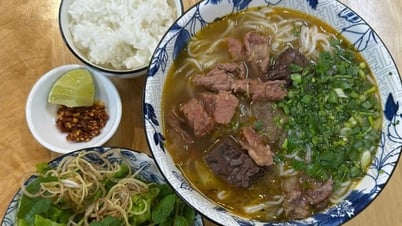








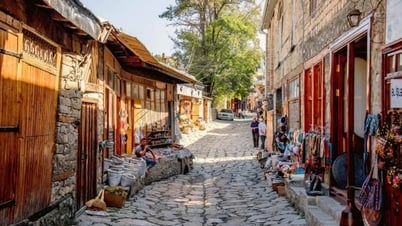
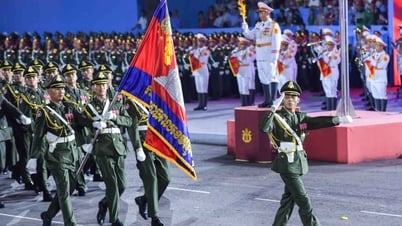

































![[Photo] Prime Minister Pham Minh Chinh talks on the phone with Singaporean Prime Minister Lawrence Wong](https://vphoto.vietnam.vn/thumb/402x226/vietnam/resource/IMAGE/2025/5/8/e2eab082d9bc4fc4a360b28fa0ab94de)


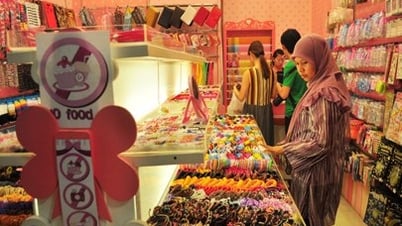








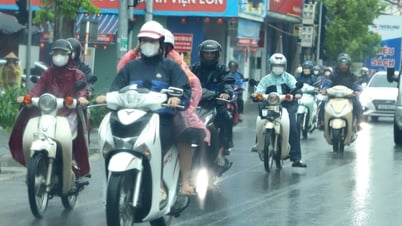



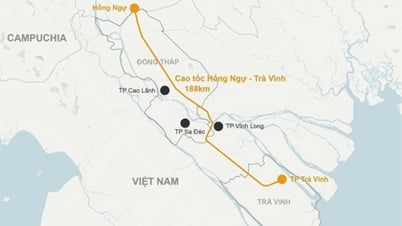
















Comment (0)